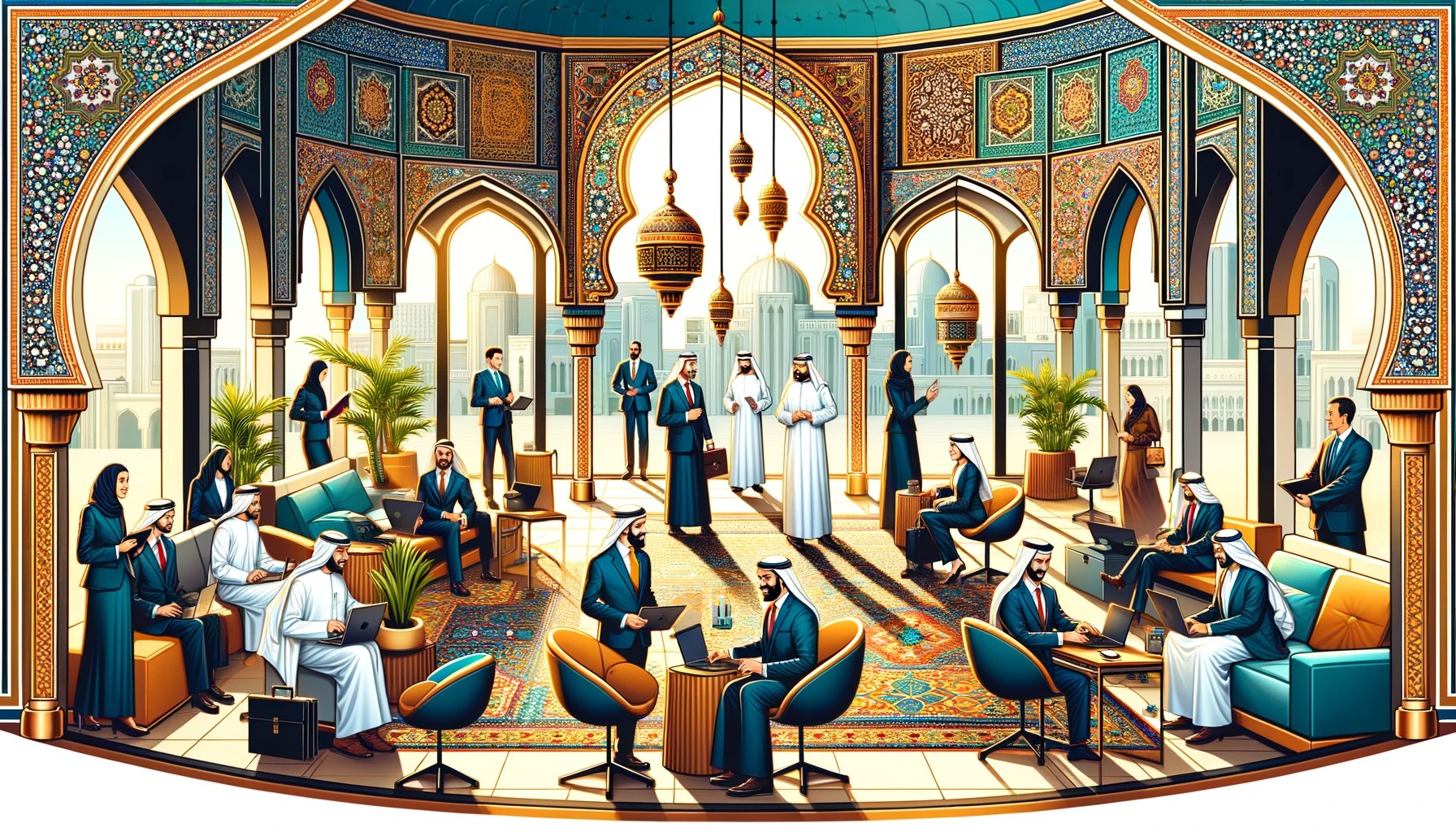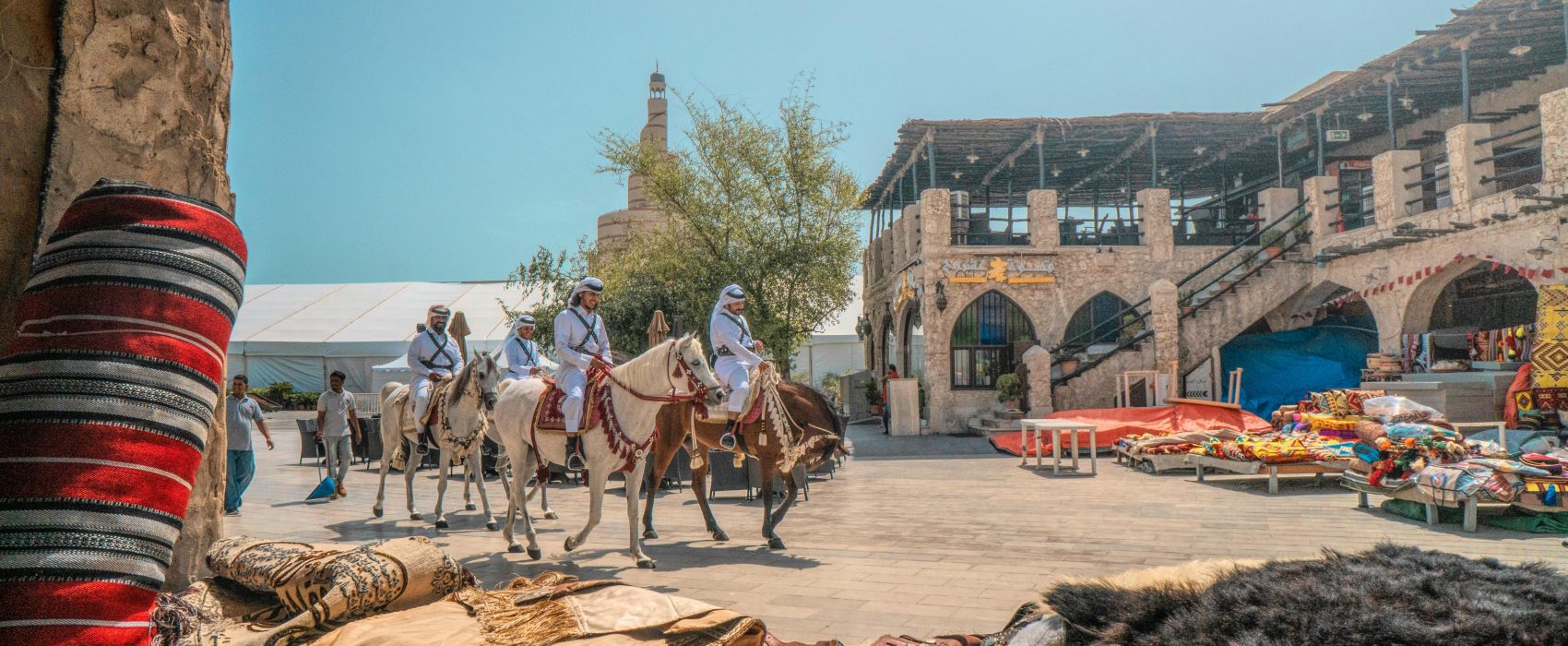Countries where Arabic is spoken
The Arabic language exhibits a fascinating diversity of dialects and
types of Arabic language across different regions, each with unique characteristics shaped by historical, cultural, and geographical factors. Modern Standard Arabic (MSA), also known as Fus’ha, serves as the formal register used in education, textbooks, legal, finance, medical context, IT, news broadcasts, and formal contexts across the Arab world. It is universally understood by Arabic speakers and closely relates to Classical Arabic, the language of the Quran.

Regional dialects of Arabic vary widely, with major distinctions found between Classical/Standard Arabic and colloquial forms. These differences include the loss of grammatical case, a stricter word order, changes in the system of grammatical mood, the evolution of a new system, and changes in verb conjugation and agreement for feminine plurals. Maghrebi Arabic, for instance, exhibits significant vowel shifts and unusual consonant clusters.
The regional dialects spoken in different countries can be broadly classified into several groups:
- Egyptian Arabic: Spoken in Egypt and parts of Sudan, this dialect is widely understood across the Arab world due to Egypt’s influential media. It incorporates words from French, English, and Turkish due to historical influences.
- Levantine Arabic: This dialect is spoken in Lebanon, Syria, Jordan, Israel, and Palestine. It is known for its mutual intelligibility within the region and contains influences from Turkish as well as recent English and French additions.
- Gulf Arabic: Found in the Arabian Gulf countries including Kuwait, Bahrain, the UAE, Qatar, and parts of Saudi Arabia and Oman. It has its own pronunciation and vocabulary distinctions and is somewhat mutually intelligible with Eastern and Central Arabic.
- Maghrebi Arabic (Darija): Spoken in North Africa (Morocco, Algeria, Tunisia, Libya, and Mauritania), it is known for its Berber and French influences. This dialect includes a significant amount of vocabulary from French, Spanish, Turkish, and Italian, depending on the specific country.
- Mesopotamian Arabic: Found in Iraq, parts of Syria, Kuwait, and southeastern Turkey, this dialect incorporates influences from ancient and contemporary languages of Mesopotamia including Sumerian, Akkadian, Persian, Kurdish, and Greek.
Arabic dialects are influenced by a range of factors including geography, history, and culture, as well as trade and colonization. These influences contribute to the rich diversity of the Arabic language, making each dialect a reflection of its unique regional identity.
Understanding these dialectical differences is crucial for correct comprehensive
Arabic language translation and localization and effective communication across the Arabic-speaking world. Each dialect not only carries its own set of linguistic rules but also embodies the cultural nuances of its speakers, offering a window into the diverse cultural landscape of the Arab world.
 Regional dialects of Arabic vary widely, with major distinctions found between Classical/Standard Arabic and colloquial forms. These differences include the loss of grammatical case, a stricter word order, changes in the system of grammatical mood, the evolution of a new system, and changes in verb conjugation and agreement for feminine plurals. Maghrebi Arabic, for instance, exhibits significant vowel shifts and unusual consonant clusters.
The regional dialects spoken in different countries can be broadly classified into several groups:
Regional dialects of Arabic vary widely, with major distinctions found between Classical/Standard Arabic and colloquial forms. These differences include the loss of grammatical case, a stricter word order, changes in the system of grammatical mood, the evolution of a new system, and changes in verb conjugation and agreement for feminine plurals. Maghrebi Arabic, for instance, exhibits significant vowel shifts and unusual consonant clusters.
The regional dialects spoken in different countries can be broadly classified into several groups:


